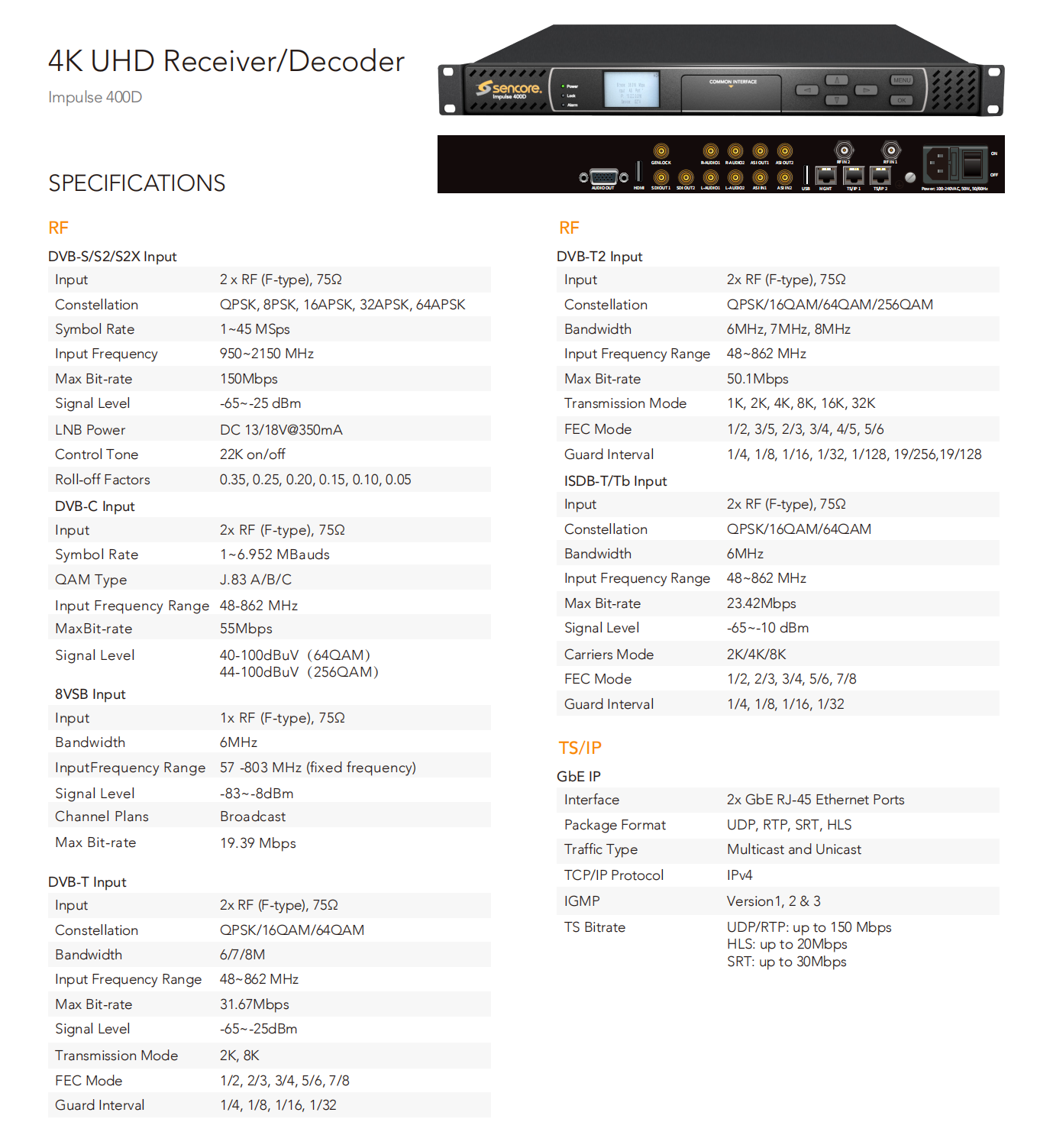In the digital age, data centers are the unsung heroes of our interconnected world. They power our smartphones, stream our favorite content, and keep businesses running smoothly. However, these hubs of information storage and management are not without their challenges, particularly when it comes to maintaining the right environmental conditions. One critical aspect often overlooked is the importance of constant humidity control, and that's where the CHS Series steps in with its state-of-the-art precision air conditioning solutions.
Humidity, the amount of water vapor present in the air, plays a significant role in data center health. Too much moisture can cause corrosion and condensation, leading to equipment failure. On the flip side, very dry air can generate static electricity, which not only damages sensitive electronic components but also attracts dust and other particulates that can clog cooling systems. This is why maintaining a constant level of humidity is so crucial—it's the balance between too much and too little that keeps your data center functioning at peak efficiency.
Enter the CHS Series, designed with a singular focus on constant humidity control for data centers. By providing precision air conditioning, this equipment series acts as a guardian against both the silent dangers of high humidity and the unseen threats of excessive dryness. Here's how the CHS Series ensures your data center stays in its optimal environmental sweet spot:
Advanced Humidity Management: The CHS Series uses cutting-edge technology to monitor and adjust humidity levels continuously, keeping them within a tight range. This means no sudden spikes or dips that could compromise your equipment.
Energy Efficiency: While managing humidity so precisely might seem energy-intensive, the CHS Series is designed with energy-saving in mind. It achieves this without sacrificing performance, ensuring that you maintain environmental stability without breaking the bank.
User-Friendly Interface: The last thing data center managers need is another complex system to navigate. That's why the CHS Series features an intuitive control interface, making it easy for staff to set up and monitor without specialized training.
High Reliability: In a sector where every second counts, reliability cannot be overstated. The CHS Series is built to provide years of trouble-free operation, even in the most demanding environments.
Scalable Design: Whether you're outfitting a small server room or a sprawling data center, the CHS Series offers configurations that fit. This adaptability means you get the right solution for your specific needs.
The advantages of using the CHS Series extend beyond just keeping your equipment safe from the elements. By providing such precise environmental control, you can expect:
Improved Uptime: Fewer environmental issues mean less downtime. When your gear isn't fighting against the elements, it can focus on what it does best—processing data.
Cost Savings: With reduced energy consumption and minimal need for maintenance, the CHS Series leads to long-term cost savings that add up over time.
Compatibility: The CHS Series isn't a one-size-fits-all solution; it fits seamlessly with existing infrastructure, making upgrades or expansions a breeze.
From large corporations to government agencies, research facilities to telecommunication hubs, the need for precision air conditioning and constant humidity control is universal. The CHS Series isn't just an investment in equipment; it's an investment in the future of your data and your operations. By choosing the CHS Series, you're securing a partner dedicated to maintaining optimal conditions, ensuring that your data and IT equipment remain protected and functional for years to come.
In conclusion, while the hustle and bustle of our digital lives continue unabated, the CHS Series stands as a sentinel, quietly ensuring that our data centers can weather any environmental storm. Through its commitment to constant humidity control and precision air conditioning, it provides a testament to the idea that sometimes, the best defense is a good offense—against the elements, at least.








